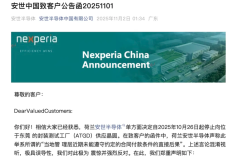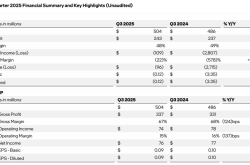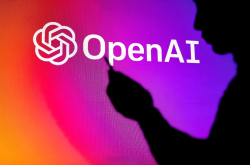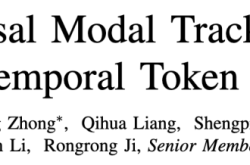Super Rare! Microsoft's "Big Three" Reunite. What Insights Did They Share with Copilot?
![]() 04/10 2025
04/10 2025
![]() 605
605
Unbeknownst to many, Satya Nadella, Microsoft's third CEO, has been steering the tech giant for an impressive 11 years. Unlike his predecessors, Nadella, the first non-founder CEO in Microsoft's history, has brought a distinct management style to the company. Notably, several pivotal transformations within Microsoft have transpired under his leadership.
At Microsoft's 50th-anniversary celebration last week, Nadella joined forces with former CEOs Bill Gates and Steve Ballmer for an interview conducted by Microsoft AI Copilot. This unique gathering provided a retrospective on the tech giant's past 50 years while showcasing the capabilities of Microsoft Copilot AI in language reasoning.
Microsoft's Strategic Maneuver Against IBM, Focusing on User Needs
Intriguingly, Copilot AI's first question was directed not to the more prominent Gates but to Ballmer, Microsoft's second CEO. "Looking back on your tenure at Microsoft, what was the most memorable 'tech war'?" it inquired.
For those unfamiliar with Ballmer or Microsoft's history, this question may seem innocuous, but it's actually quite pointed. While both Gates and Ballmer were founding members, their roles differed significantly. Gates, a technical founder, served as Microsoft's "Chief Software Architect" for six years after stepping down as CEO in 2000 and continued to advise the company on technical matters until 2014. Ballmer, on the other hand, joined Microsoft focusing on business operations, embodying the company's "sales culture."
Ballmer's answer was candid, pointing to the operating system battle between Microsoft and IBM from 1980 to 1985.
Let's delve into the backstory: Prior to 1980, IBM dominated the government and enterprise computer market with its "mainframes" and complementary software services. IBM's ecosystem was even more closed than Apple's today, locking in customers with hardware, software, and databases.
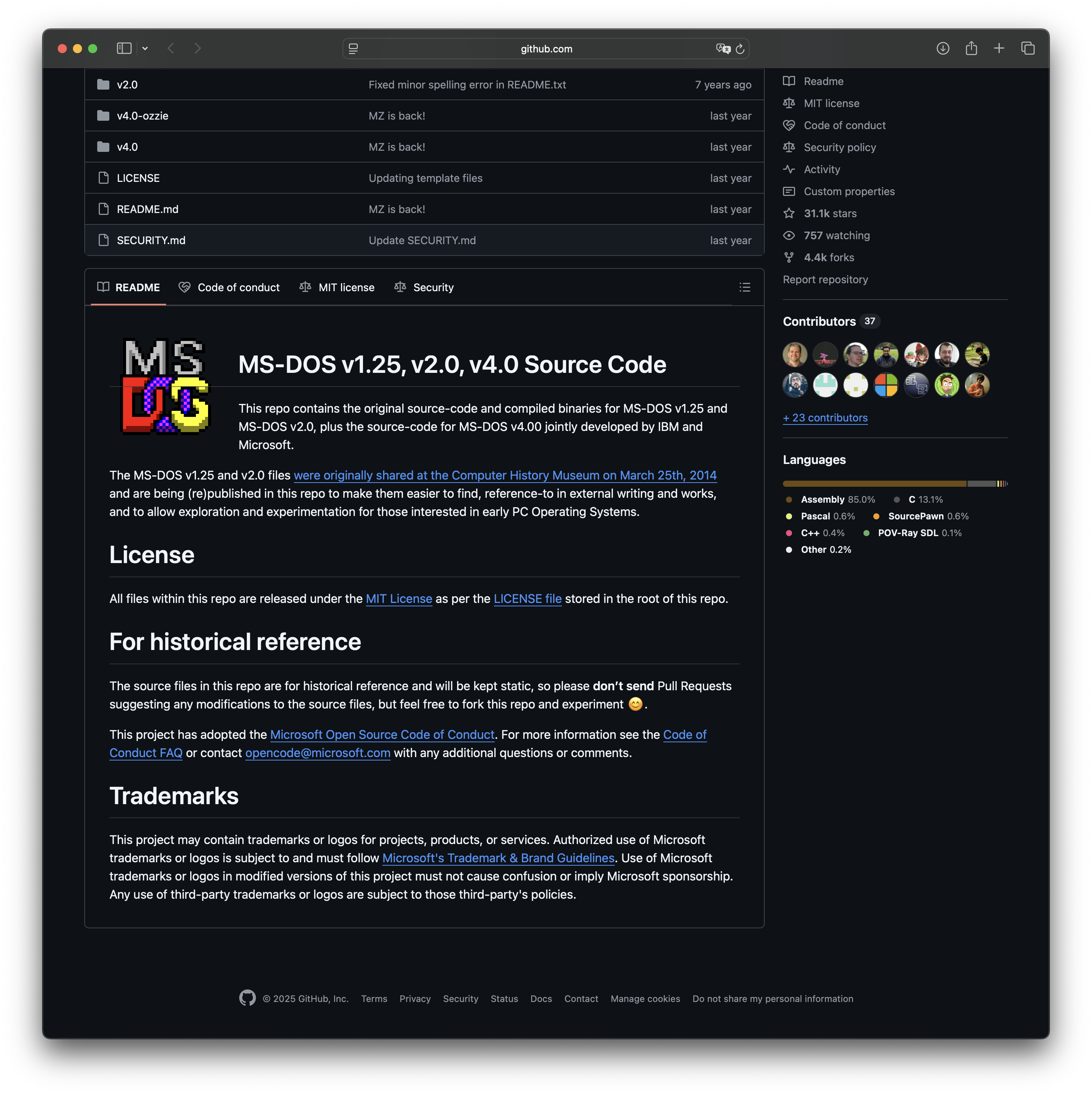
Image source: GitHub
In 1980, possibly due to market saturation among government and enterprise customers, IBM planned to introduce computers to general household users, the nascent concept of "PC" (personal computer). To expedite the process, IBM decided to launch the "PC" within a year and outsourced the operating system. Enter Microsoft, which received this "outsourcing" gig and delivered the "MS-DOS" system to IBM. Notably, Microsoft had acquired DOS, but let's not digress.
Microsoft retained the copyright of MS-DOS, allowing it to sell the operating system to other computer manufacturers while IBM bought PC-DOS. This move positioned Microsoft to leverage IBM's industry influence to promote its operating system, emphasizing "compatible systems" as a selling point.
In 1985, Microsoft and IBM collaborated on developing the custom system OS/2. However, Microsoft also had its own agenda, secretly developing Windows 3.0. Released in 1990, Windows 3.0 was a resounding success, seen as a "betrayal" by IBM, which strained their relationship. While IBM continued promoting OS/2, Microsoft deemed it too expensive and complex, abandoning the project and launching its own Windows 95 system in 1995.
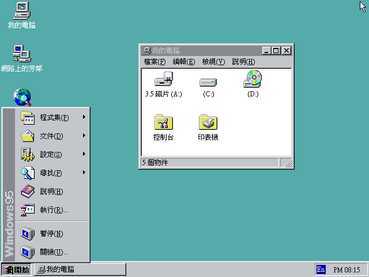
Image source: Microsoft
As we know, Windows 95, with its lower configuration requirements, better compatibility, and user-friendliness, became the preferred system in the PC field. A year after Windows 95's launch, IBM chose to abandon OS/2 (and exit the PC market), focusing instead on system development for government and enterprise customers.
From a 2025 perspective, Microsoft's "betrayal" broke IBM's monopoly on computer technology, lowering the threshold for PC usage with an open and compatible ecosystem. While this move was seen as "stabbing IBM in the back" from a business standpoint, it prioritized user needs over traditional closed government and enterprise service revenues.
In the context of PC development history, Windows 95's ease of use brought PCs into ordinary households, driving the global informatization process. This strategy centered on technology democratization not only propelled Microsoft to success but also laid the foundation for the subsequent booming development of the PC industry.
What Did Microsoft Do Right? Gates: Unlocking the Value of "Software"
After discussing Microsoft and IBM's commercial rivalry, Copilot AI turned to Gates, asking him to share his vision for Microsoft's future at that time. Gates responded that Microsoft was essentially making a huge bet on the "value behind software." As mentioned, after defeating IBM in the PC field, Microsoft popularized computers among households, making "computing power" accessible. However, the challenge was that while computing was accessible, demand wasn't strong.

Image source: Microsoft
Gates believed that merely popularizing computers wasn't enough; the key was making them truly "useful." Users needed to see that computers could solve practical problems before accepting them as a tool. Therefore, Microsoft quickly built a comprehensive software ecosystem spanning various fields like office work, entertainment, and education, stimulating users' demand for computing.
This "software driving hardware value" philosophy transformed PCs from mere machines into true family computing centers, and Gates' bet paid off. With the software ecosystem's enrichment, users became increasingly reliant on computers, establishing Microsoft's dominance in the PC era. This strategy not only fueled Microsoft's growth but also profoundly influenced the technology industry's development direction: hardware as the carrier, software as the key to unleashing computing potential.
Microsoft's Next 50 Years: AI in Every Corner
When asked by Copilot AI about his boldest vision for the next 50 years, Nadella's response was concise:
Transform AI into an enduring product, making it an integral part of everyone's daily life.
This strategy aligns with the current market's mainstream AI enterprises. Today's AI is akin to the PC in 1995, an affordable tool for everyone. However, affordability isn't the ultimate goal of AI universalization; making AI useful everywhere is crucial.
Microsoft's recent dynamics highlight "integration" as the key to promoting AI. As mentioned, Microsoft has provided users with a plethora of tools. Now, it's finding ways to integrate AI into these tools: from the Windows system to the Office suite, from Azure cloud services to GitHub developer tools, AI is present behind every Microsoft service. Just as Office taught people to use computers for office work, Microsoft aims to redefine the human-computer collaboration standard with Copilot.
Just as MS-DOS and Windows transformed computers from professional devices into daily necessities, Microsoft now aspires to turn AI into the "Wi-Fi" of the new era, making it omnipresent in the digital world.
How Have Microsoft's Big Three Profoundly Influenced the Digital World?
Reflecting on Microsoft's past, it's evident that the company's three strategic transformations (software, services, AI) mirror the different leadership styles of its three CEOs.
As a technical founder, Gates laid Microsoft's technical foundation with an engineer's mindset, establishing its dominance in the PC era. Ballmer aggressively pushed Microsoft towards enterprise service transformation, missing the mobile internet opportunity but accumulating resources for subsequent development. Nadella, who took office in 2014, demonstrated an open and inclusive management style, repositioning Microsoft as an AI leader.
It's certain that in the "next 50 years," Microsoft will continue leveraging cloud services to create unique value. Unlike other internet giants, Microsoft controls both Azure's global data centers and the Windows terminal ecosystem. In 2025, as hybrid AI becomes mainstream, Microsoft's technological advantage in the "cloud + edge + terminal" model will continue to amplify.
Over the past 50 years, Microsoft has proven that "no one gets it right the first time." Despite complaints about discontinued services, Microsoft has consistently navigated challenging turns at critical moments. This "correct and improve" approach is, in my view, the "core technology" that has enabled Microsoft to "dominate" for half a century.
Source: LeiTech


